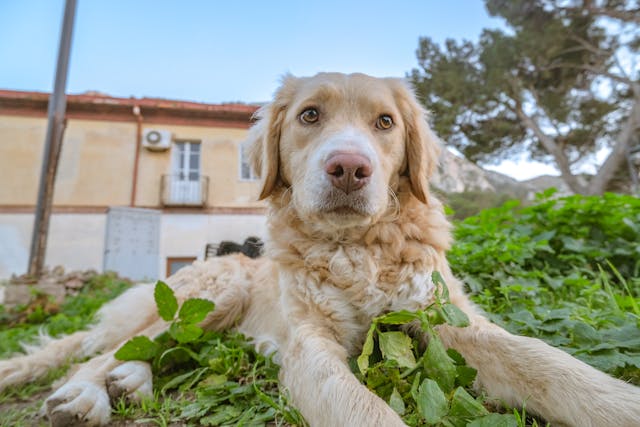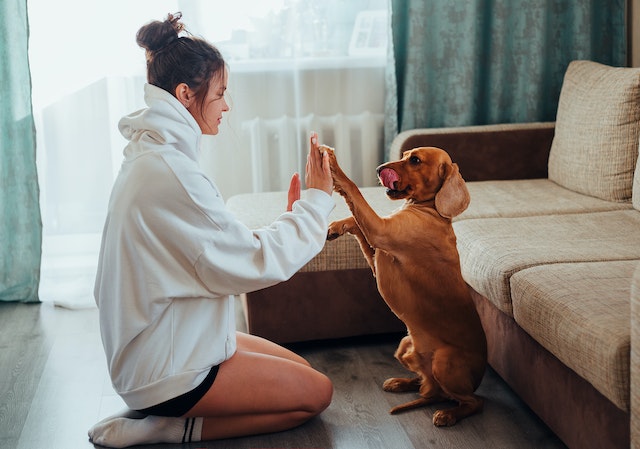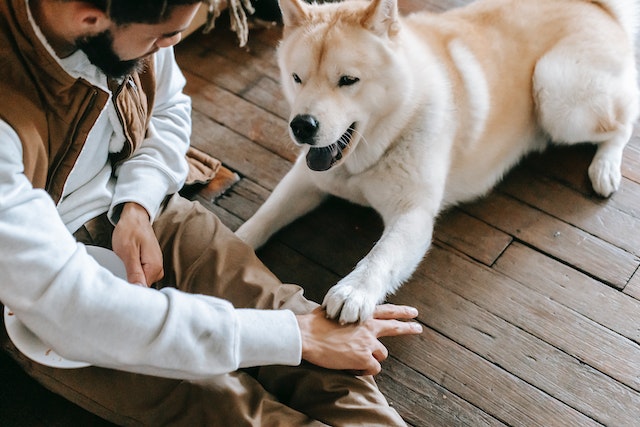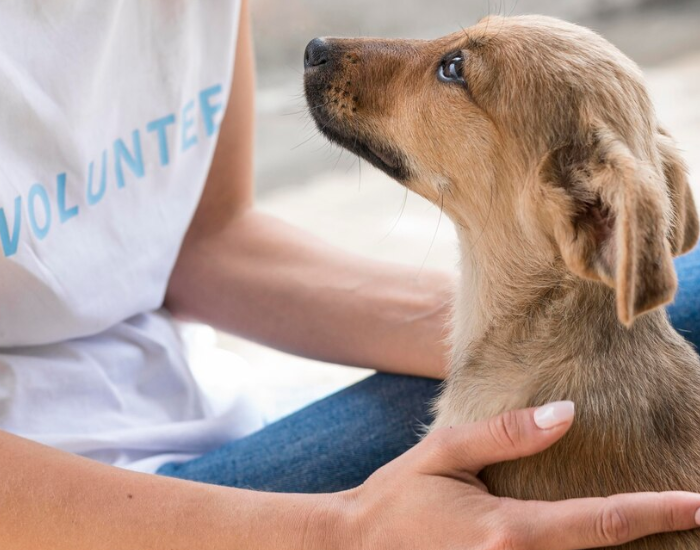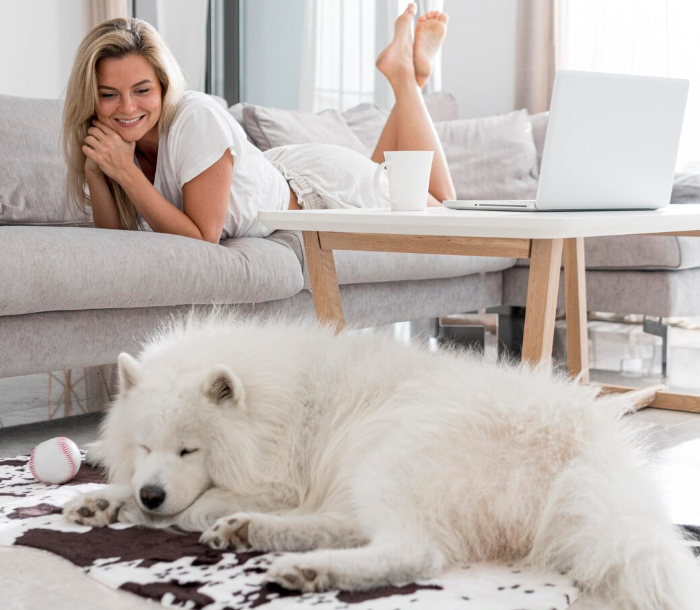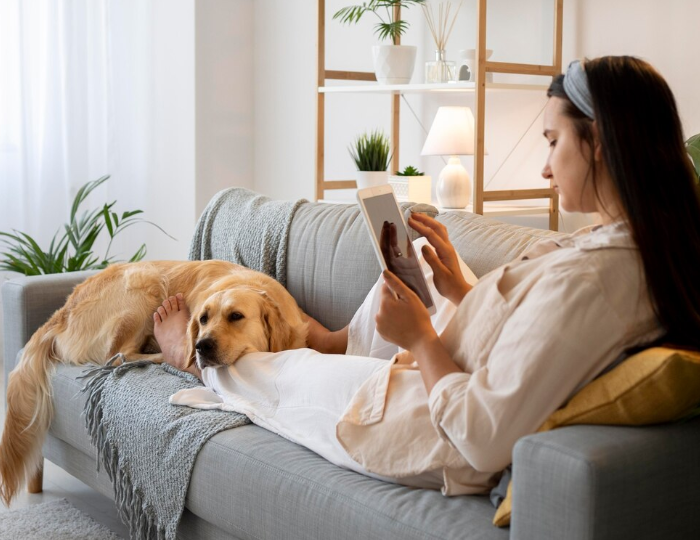Airbnb is a popular platform for pet-friendly accommodations, but as a host, you have the right to set boundaries regarding pets in your rental. When a guest requests to bring four dogs, it can raise concerns about potential property damage, cleaning needs, and neighborhood disturbances. However, with the right approach, you can make an informed decision that balances hospitality with property protection. This guide provides a comprehensive step-by-step process to help Airbnb hosts handle guest requests for multiple pets while maintaining a smooth hosting experience.
Step 1: Check Your Airbnb Pet Policy & House Rules
Review Your Current Listing Policy
Before responding to the guest, check your Airbnb listing to see if you’ve allowed pets and whether you’ve set any restrictions. Consider the following:
- Do you allow pets at all? If not, you can politely decline the request.
- Have you specified a limit on the number of dogs allowed?
- Do you charge a pet fee or require a security deposit?
If your pet policy is unclear or needs updating, now is the perfect time to revise it to prevent similar issues in the future.
Understand Airbnb’s General Pet Policy
Airbnb allows hosts to set their own pet policies, meaning you have full discretion over accepting or declining a guest with multiple dogs. However, service animals are an exception. According to Airbnb’s anti-discrimination policy, service dogs and emotional support animals must be accommodated unless you meet the criteria for an exemption (e.g., safety concerns, allergies).
Check Local Laws & HOA Regulations
Depending on your location, there may be city laws or homeowner association (HOA) regulations that limit the number of dogs allowed in a rental.
- Some cities have zoning laws that restrict the number of pets per household.
- If your Airbnb is within an apartment complex or gated community, review the pet policies to avoid fines or conflicts with neighbors.
Step 2: Assess the Guest’s Request
Ask Detailed Questions About the Dogs
Before making a decision, gather more information about the guest’s pets. Politely ask:
- What breeds, sizes, and ages are the dogs?
- Are the dogs trained and housebroken?
- Have the dogs stayed in a rental before?
- Will they be left alone in the Airbnb?
If the guest is unable to provide clear answers, it might indicate a lack of responsibility, which could be a red flag.
Consider the Space & Logistics
- Is your Airbnb spacious enough to accommodate four dogs comfortably?
- Do you have a backyard or designated pet-friendly area?
- Will your furniture and flooring be at risk of damage?
If your rental is small or has fragile furnishings, four dogs may not be a practical fit.
Request Pet Documentation (Optional)
For added security, you can request the following:
- Proof of vaccinations (rabies, flea/tick prevention, etc.)
- A pet agreement outlining responsibilities, cleaning expectations, and damage liabilities.
While Airbnb does not require this, some hosts find it beneficial to ensure responsible pet ownership.
Step 3: Evaluate the Risks & Benefits
Potential Risks
1. Property Damage
Allowing multiple dogs increases the likelihood of damage to your rental. Dogs may scratch floors, chew on furniture, or have accidents inside the home. If your property is furnished with delicate items or expensive décor, the risk factor rises significantly. Consider whether your home’s materials—such as carpets, wood floors, or leather furniture—can withstand wear and tear from four dogs.
2. Noise Complaints
Four dogs barking at once can be disruptive, particularly in shared housing units, apartment complexes, or neighborhoods with noise ordinances. Unhappy neighbors could lead to complaints, negative reviews, or even Airbnb policy violations.
3. Increased Cleaning Requirements
Dogs shed hair, track in dirt, and may have accidents that require deep cleaning. With four dogs in one space, you may need additional cleaning services to remove odors, stains, and pet hair before your next guests arrive.
4. Allergy Concerns
Even if future guests do not bring pets, they may have allergies. Pet dander can linger in carpets, upholstery, and air ducts, causing discomfort for sensitive guests and leading to potential negative reviews.
Potential Benefits
1. Attracting Pet-Friendly Travelers
Pet-friendly Airbnbs are in high demand, and listings that accommodate multiple pets stand out to travelers with multiple dogs. By catering to this niche market, you can increase your booking rate and maintain high occupancy.
2. Additional Revenue from Pet Fees
Many Airbnb hosts charge a pet fee, which can range from $20 to $100 per stay, depending on cleaning needs and potential risks. If you allow four dogs, you can increase your pet fee or charge a refundable pet deposit to cover any unexpected issues.
3. Building Positive Guest Relationships
Some guests may struggle to find accommodations that allow multiple pets. By accepting their request and providing a good experience, you can earn long-term repeat customers who may recommend your property to other pet-owning travelers.
Step 4: Set Clear Expectations with the Guest
Create a Clear Pet Agreement
Before confirming the booking, provide the guest with a written pet agreement outlining:
- Designated pet areas: Specify where dogs are allowed in the home.
- Crating policy: Require dogs to be crated when left alone.
- Barking policy: Enforce quiet hours to prevent disturbances.
- Furniture rules: Indicate whether dogs are allowed on beds and couches.
A written agreement ensures that the guest acknowledges and accepts your expectations.
Establish Cleaning & Damage Policies
1. Pet Fees & Security Deposits
- Charge a non-refundable pet fee to cover additional cleaning costs.
- Require a refundable pet deposit in case of damages.
2. Cleaning Expectations
- Require guests to clean up after their pets, including outdoor waste disposal.
- Provide a vacuum or lint roller for pet hair management.
- Request that guests wipe their pets’ paws before entering the home to reduce dirt tracking.
3. Damage Liability
- Make it clear that guests will be charged for any pet-related damage.
- Take pre-check-in and post-checkout photos to document the condition of your rental.
Inform Guests of Pet-Friendly Amenities
- Provide a list of nearby dog parks, pet-friendly restaurants, and emergency veterinary clinics.
- Inform guests of local leash laws, noise regulations, and pet waste disposal requirements.
Step 5: Decide Whether to Accept or Decline the Request
When to Accept the Request
- Your property is spacious enough to accommodate multiple dogs.
- The guest has positive reviews from previous stays with pets.
- The guest agrees to all pet policies, fees, and security deposits.
When to Decline the Request
- Your property’s size, furnishings, or layout is not suitable for multiple dogs.
- There is a high risk of property damage or neighbor complaints.
- You have had past negative experiences with pet guests.
How to Politely Decline
If you choose to decline the request, maintain a professional and friendly tone:
“Thank you for your inquiry! While we love hosting pets, our rental has a limit on the number of pets we can accommodate to ensure a comfortable experience for all guests. We appreciate your understanding and hope you find a great stay that suits your needs!”
Step 6: Implement Preventative Measures for Pet Stays
Prepare Your Airbnb for Pets
1. Protective Furnishings
- Use washable slipcovers on couches and beds.
- Provide pet beds and blankets to discourage dogs from using furniture.
- Use scratch-resistant flooring or protective mats.
2. Secure Your Property
- Install gates or barriers to prevent pets from entering off-limit areas.
- Secure trash bins to avoid pet-related messes.
- Provide a designated pet area with bedding, bowls, and toys.
Ensure Proper Insurance Coverage
- Confirm if Airbnb’s Host Guarantee covers pet-related damage.
- Consider short-term rental insurance that includes pet liability.
Conduct a Post-Stay Inspection
- Inspect for damage, pet hair, and odors before refunding deposits.
- Take photos of any damage and report to Airbnb if necessary.
- Deep clean carpets, upholstery, and air ducts to remove pet dander for future guests.
Conclusion
Handling an Airbnb guest’s request to bring four dogs requires careful evaluation. By setting clear policies, assessing risks, and communicating expectations upfront, you can make an informed decision that benefits both you and your guests. Whether you choose to allow multiple dogs or set a strict limit, a well-thought-out pet policy ensures a smooth hosting experience.





